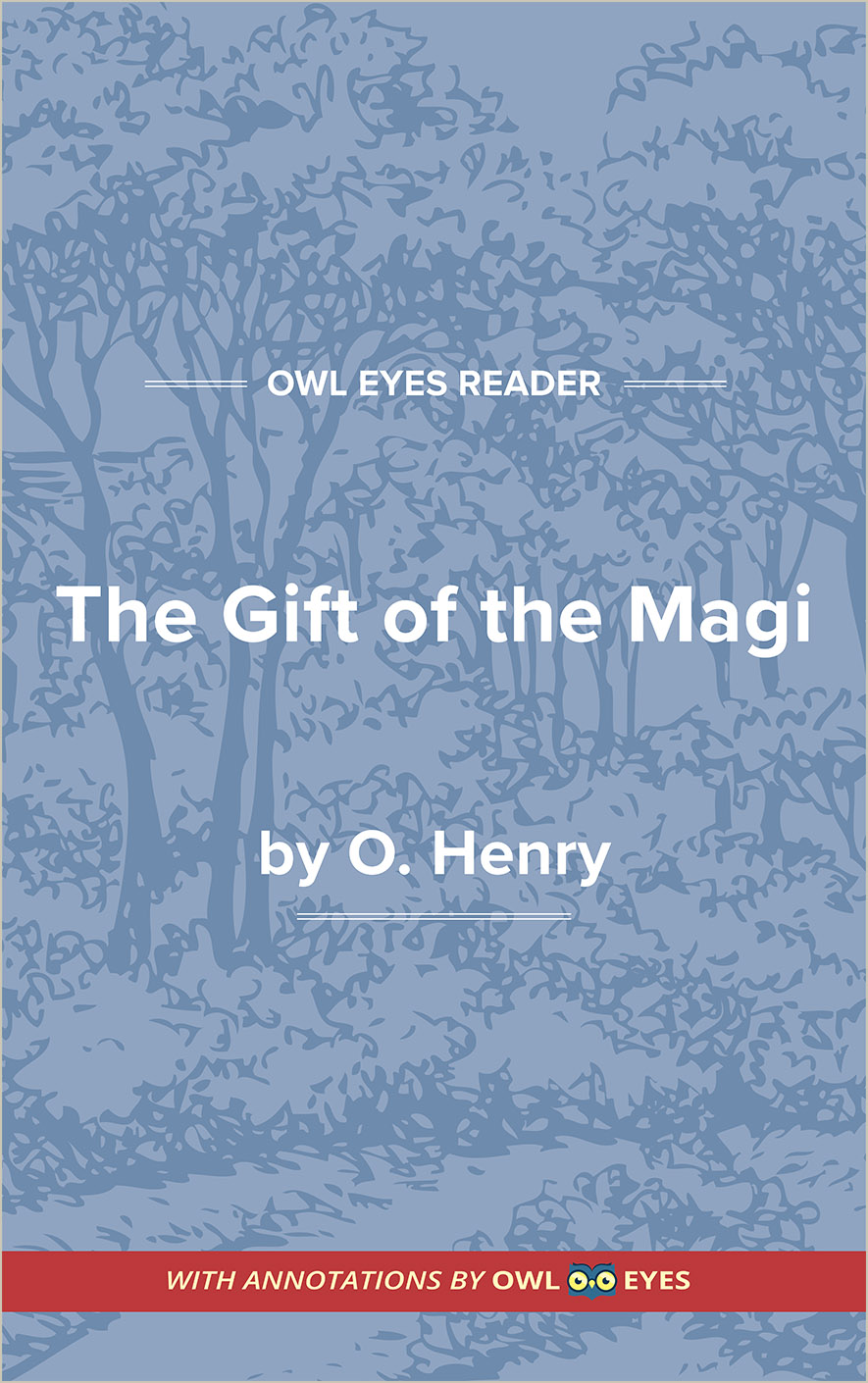Analysis Pages
Summary
O. Henry’s most famous story, “The Gift of the Magi,” translated and reprinted every Christmas around the world, was written in three hours to meet a deadline that O. Henry had ignored for several days. The plot alone—a young woman sells her long beautiful hair to buy her husband a fob chain for his prized watch, only to discover that he has sold his watch to buy a set of tortoiseshell combs for her vanished hair—is sufficient to make the story a classic about the spirit of Christmas. However, it is also O. Henry’s avuncular storytelling voice and his use of a scenic film style that makes it so accessible and irresistible. The story opens on a scene right out of a pantomimed melodrama of the young woman, Della, in her modest apartment crying because she has no money to buy her husband a Christmas gift; that is, until she thinks of the brilliant yet terrifying idea of selling her long beautiful hair to a wig maker.
When the young husband comes home and sees his wife with her hair cropped off, the reader has no way of knowing that the peculiar expression on his face is not shock at her changed appearance but rather bemused recognition that she will be unable to use the gift he has purchased for her. When she opens the combs, the reader sighs at Della’s grand but seemingly worthless sacrifice. When she gives him the watch fob, Jim flops down on the couch, puts his hands under the back of his head and smiles, telling her simply that he sold the watch to get the money to buy her the combs. The story then ends with O. Henry’s little homily about the wise magi, who invented the act of giving Christmas presents, suggesting that the two “foolish children” of his “uneventful chronicle” who unwisely sacrificed for each other the “greatest treasures of their homes” are indeed the wisest of all, for “they are the magi.”

